Fix those annoying shin splints once and for all!
This injury is one of the most frustrating to overcome. Shin splints can linger for a very long time, and prevent you from working out the way you want too. The good news is that they’re very treatable. In this article, learn about what shin splints are and how to treat them!
What are Shin Splints?
Suffering from a sore neck, back and shoulders? Get our mobility guide to ease pain and soreness.
Get The FREE Mobility Guide To Fix Your Pain Today!
The technical, medical term for “shin splints” is medial tibial stress syndrome. It’s a common injury among active people, and it’s often called shin splints because the pain is located on the inside of the shin bone (ie., tibia). Shin splints occur in athletes who perform high-impact sports, such as runners, sprinters, gymnasts, basketball players, and tennis players. All of these sports require excessive loading, which is one of the most common causes of developing shin splints.
There are many ways to develop shin splints. One way involves too much stress being applied to the tibia, typically by the muscles that attach to it. Some of these muscles include the soleus (one of the calf muscles), the flexor digitorium longus, and the posterior tibialis. Chronic, repetitive loads can cause abnormal strains on the tibia. Over time, these repetitive loads can begin to cause pain on the inside of the tibia bone. [tweet_quote] Doing too much repetitive, high-impact sport activity can lead to shin splints.[/tweet_quote]
It’s important to understand that another type of exercise related to leg pain could occur, other than shin splints. It could be a stress fracture. The symptoms of stress fractures are different than shin splints—in that the pain usually decreases with rest early on.
However, as a stress fracture develops, pain may continue after exercise or during normal daily activities. Unfortunately, shin splints and stress fractures of the tibia oftentimes present in a similar way. If you suspect you have a stress fracture, you may need to get a bone scan to see the focal site.
Many other factors may contribute to developing shin splints. Some of the common factors include over-pronated feet (i.e., flattening of the arch of the foot), excessive range of hip motion, and participating in repetitive jumping or running. However, they’re just some of the factors that may contribute to this injury.
There are a wide variety of symptoms associated with shin splints. The most common complaint is a vague pain during physical activity along the inner shin. Frequently, the symptoms are worse at the start of the exercise; they slowly begin to diminish as the activity continues. With that being said, when this injury becomes chronic, many feel symptoms even when they’re not in motion.
Preventing Shin Splints
More often than not, this injury occurs because a change in training has occurred quickly and suddenly. The training errors that occur most often are increasing activity, duration, or intensity too quickly.
[tweet_quote] Allow your muscles time to adapt and strengthen before attempting more intensity or duration in your workouts.[/tweet_quote]
For example, increasing the mileage of running can drastically put too much stress on the lower leg—before some of the muscles have time to adapt and strengthen. Continuing on this path may eventually cause shin splints. Furthermore, imbalances of muscles around the lower leg (such as stiffness) can cause additional compression to the bone.
Treatment for Shin Splints
The most important thing to consider when treating shin splints is relative rest from high-impact activities. Incorporating cross-training into your workouts can be very beneficial during this time. For example, swapping out running for biking or swimming will help the healing process without sacrificing fitness.
In addition to cross-training, there are many other exercises that are important to help improve shin splints. Soft-tissue mobility of the calf muscles, balance training, and hip/core strengthening can be a valuable way to improve symptoms and prevent future shin splints.
Treatment Program
1. Soft-tissue mobility of the calf
2. Basic strengthening of the hip and core
3. Balance training (of a single leg)
4. Significant biomechanical problems of the foot may benefit from orthotics.
5. Considering footwear can also be beneficial—as worn-out shoes with poor support can create additional stress on the shin while healing.
6. As symptoms subside, slowly increase high-impact activities.
Exercises to Soothe Shin Splints
Shin splints can develop quickly and suddenly. However, recognizing that improving the strength of your core, hip, and ankle can help improve your symptoms, so you can start to recover. Be sure to slowly increase your loading once you return to activities, so that your tibia bone is ready!
Calf Ball Rollout
Lie in a long sitting position—with a lacrosse ball or tennis ball under your calf. Find the most stiff (and tender) spots, and roll the ball up and down them for up to 60 seconds.
Bridge

Lie on your back with your knees bent. Push through your heels, squeeze your glutes, and lift your hips off the ground. Repeat for 2-4 sets of 15 reps.
Dead Bug
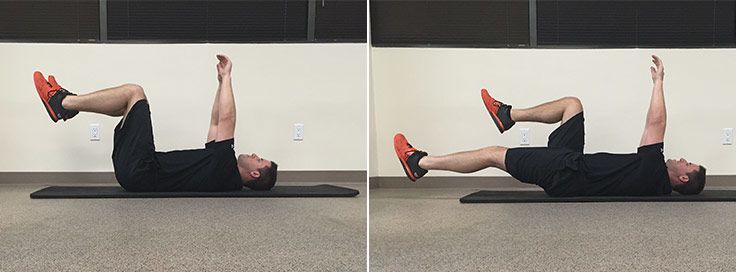
Lie on the floor. Pick your feet up, and bend your knees to approximately 90°. Extend your arms, so your hands are above your head. Brace your core, forcefully exhale, and contract the muscles around your trunk (including lats). Slowly drop one leg toward the floor, return the leg to the starting position, and repeat with the opposite leg.
Reset between each rep. The key is to maintain tension the entire time. You should only feel the front of your core. Repeat 5-10 reps per side.
Eccentric Calf Raises
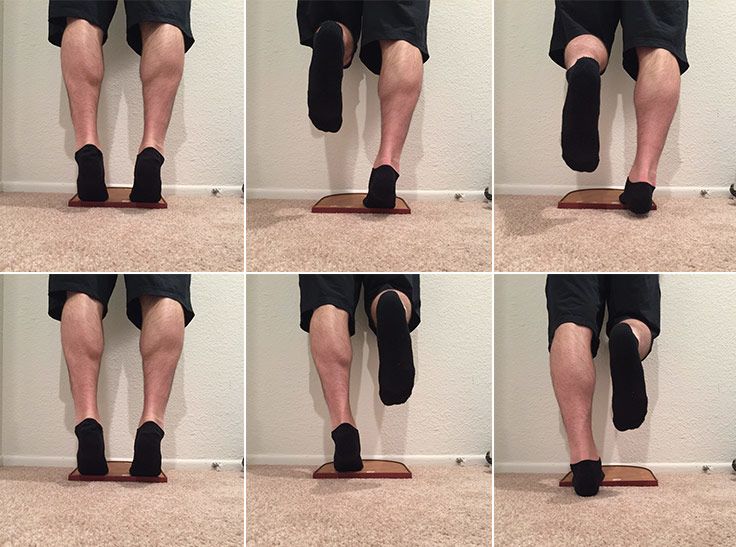
Begin by standing normally. Push up through your toes, contracting your calf muscles. From there, slowly lower one of your ankles. Repeat by pushing up with both ankles, and lower down with the opposite ankle. Repeat each side for three sets of fifteen.

(Read This Next: When to Use Ice or Heat for Muscle Pain)




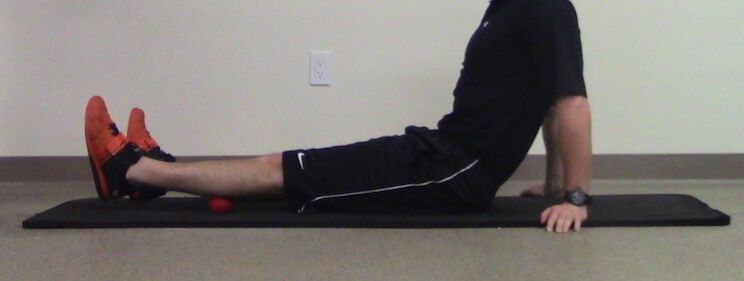

 How to Decode Nutrition Facts
How to Decode Nutrition Facts
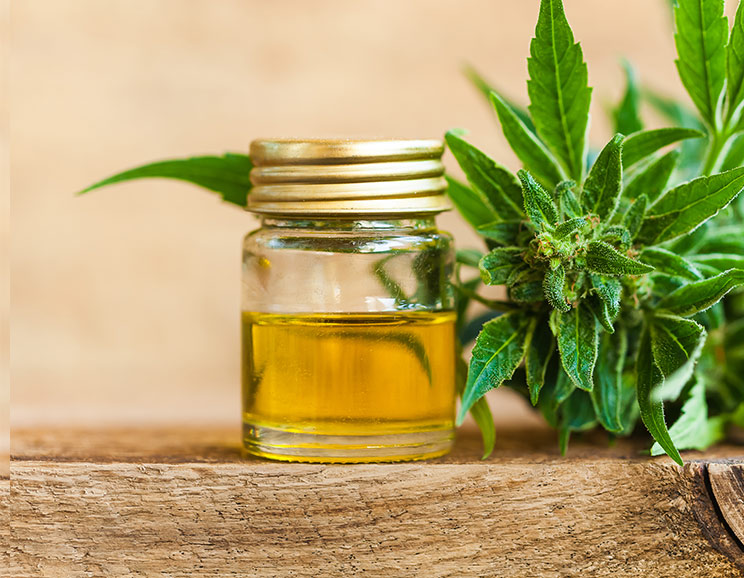
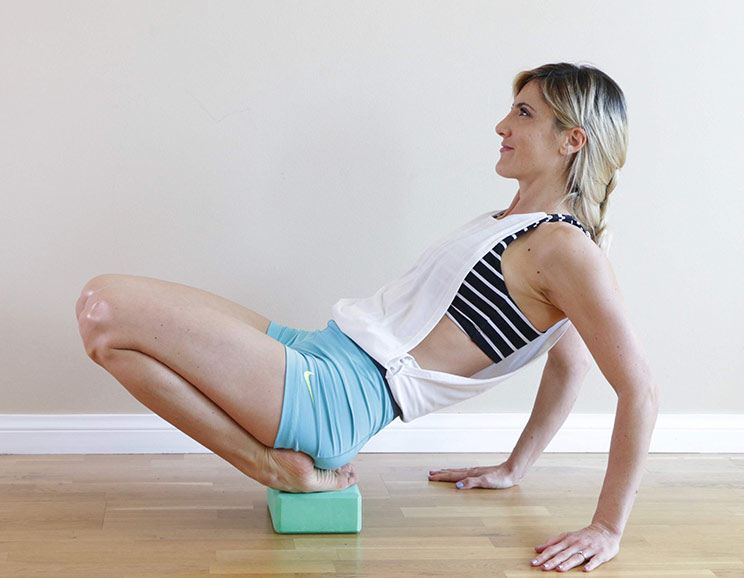




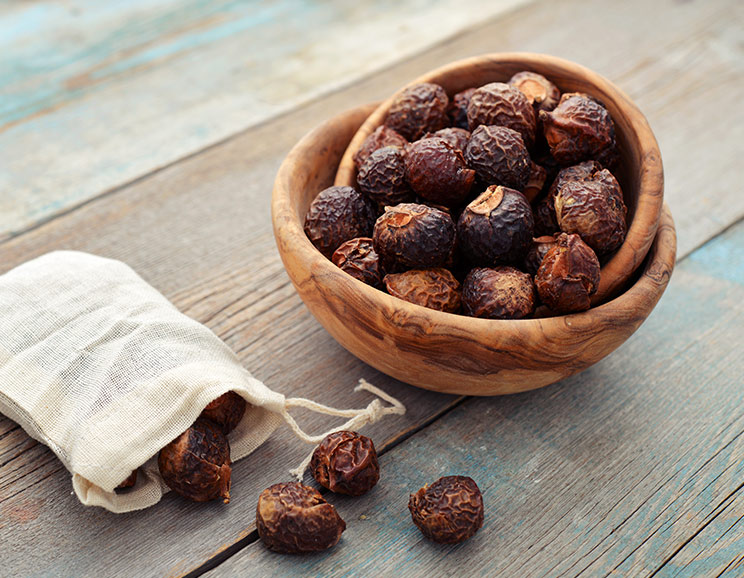

Show Comments